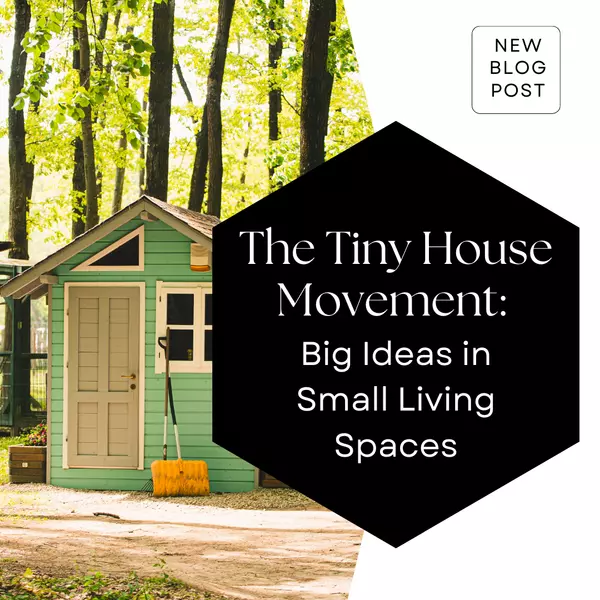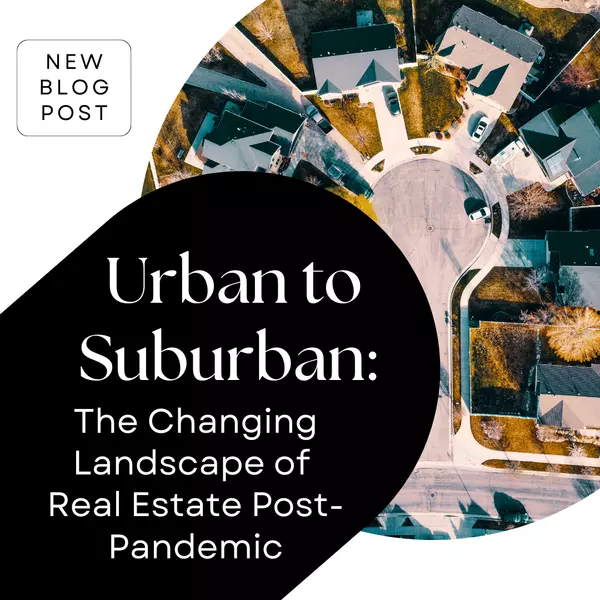The Tiny House Movement: Big Ideas in Small Living Spaces

The Tiny House Movement has captured the imagination of many, offering a radical departure from traditional notions of home ownership and living. Embracing a minimalist lifestyle, the movement is characterized by homes typically under 400 square feet, designed to maximize efficiency and reduce environmental impact. This blog delves into the origins of the Tiny House Movement, explores its appeal, examines its challenges, and considers its impact on the real estate market.
Origins of the Tiny House Movement
The Tiny House Movement began gaining traction in the early 2000s, largely influenced by a growing awareness of environmental issues and a desire for a simpler, more sustainable way of life. Notable pioneers, such as Jay Shafer, who founded Tumbleweed Tiny House Company in 1999, have played a significant role in popularizing the concept. The movement has since evolved, attracting diverse demographics, from young professionals and retirees to environmentalists and those seeking financial freedom.
The Appeal of Tiny Houses
Several factors contribute to the growing popularity of tiny houses:
- Affordability: One of the primary draws of tiny houses is their cost. Compared to traditional homes, tiny houses are significantly cheaper to build and maintain. This affordability allows individuals to own a home without the burden of a large mortgage, promoting financial independence and reducing the risk of foreclosure.
- Sustainability: Tiny houses are often designed with sustainability in mind. They use fewer building materials, generate less waste, and consume less energy. Many tiny homes are equipped with eco-friendly features such as solar panels, composting toilets, and rainwater harvesting systems, reducing their environmental footprint.
- Simplicity: The minimalist lifestyle associated with tiny living encourages individuals to declutter and prioritize what truly matters. By living with less, people can focus on experiences, relationships, and personal growth rather than accumulating material possessions.
- Mobility: Many tiny houses are built on wheels, offering the flexibility to move and travel. This mobility appeals to those who crave adventure or need to relocate frequently for work. It also allows homeowners to avoid property taxes and zoning restrictions in some areas.
Challenges of Tiny Living
While the Tiny House Movement offers numerous benefits, it is not without its challenges:
- Zoning and Legal Issues: Many municipalities have zoning regulations and building codes that do not accommodate tiny houses, particularly those on wheels. Navigating these legal hurdles can be complex and time-consuming. However, some cities are beginning to recognize the benefits of tiny houses and are adjusting their regulations accordingly.
- Space Constraints: Living in a tiny house requires significant downsizing and a willingness to adapt to a smaller living space. For some, the lack of storage and privacy can be challenging. Creative design solutions and multi-functional furniture can help mitigate these issues, but tiny living is not suitable for everyone.
- Financing: Securing financing for a tiny house can be difficult. Traditional mortgage lenders often do not provide loans for tiny homes, especially those on wheels. Alternative financing options, such as personal loans or RV loans, may be available but often come with higher interest rates.
- Resale Value: The resale market for tiny houses is relatively small and can be unpredictable. Potential buyers may have difficulty obtaining financing, and the value of a tiny house may depreciate faster than a traditional home.
Impact on the Real Estate Market
The Tiny House Movement is influencing the real estate market in several ways:
- Diversification of Housing Options: Tiny houses are expanding the range of housing options available to consumers. They offer an alternative for those who cannot afford traditional homes or prefer a minimalist lifestyle. This diversification can help alleviate housing shortages in some areas.
- Community Development: Tiny house communities, also known as "tiny home villages," are emerging in many cities. These communities often prioritize sustainability, affordability, and a sense of community, providing a supportive environment for residents. Real estate developers are beginning to take note, incorporating tiny houses into larger residential projects.
- Innovation in Design: The constraints of tiny living have spurred innovation in home design and construction. Architects and builders are exploring new ways to maximize space, efficiency, and sustainability. These innovations can influence the design of traditional homes, leading to more sustainable and efficient housing solutions.
- Shift in Consumer Preferences: The Tiny House Movement reflects a broader shift in consumer preferences toward sustainability, simplicity, and financial independence. As more people embrace these values, the demand for smaller, more efficient homes is likely to increase, prompting real estate developers and policymakers to adapt.
Conclusion
The Tiny House Movement represents a significant shift in the way we think about housing and lifestyle. While it is not without its challenges, the movement offers big ideas in small living spaces, promoting affordability, sustainability, and simplicity. As the real estate market continues to evolve, tiny houses will undoubtedly play a role in shaping the future of housing, offering innovative solutions and expanding the range of options available to homebuyers. For those considering a departure from traditional living, tiny houses provide an intriguing and viable alternative.
Recent Posts










GET MORE INFORMATION


